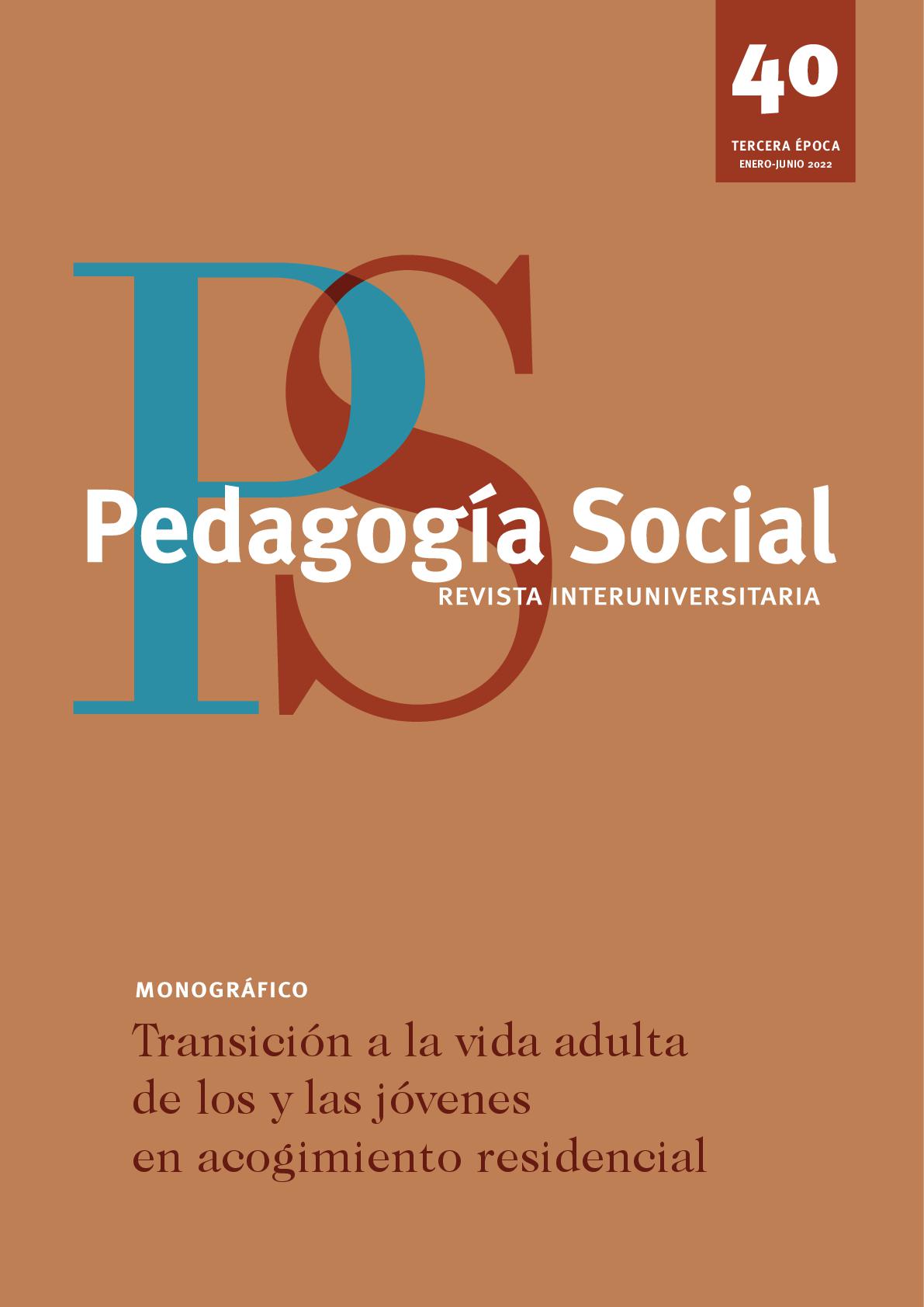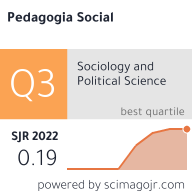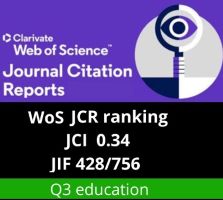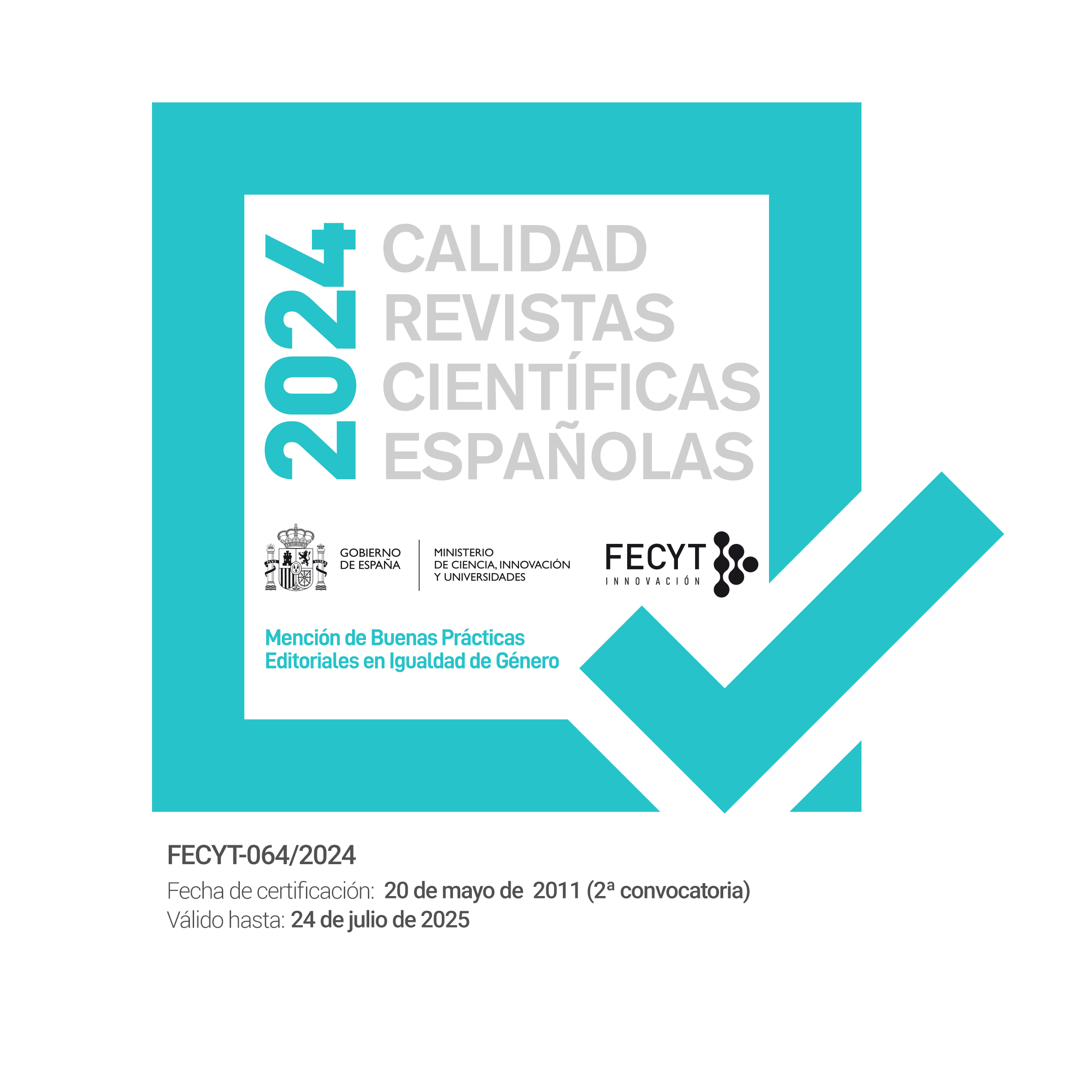El tránsito a la vida adulta de jóvenes de protección en Quebec: El Estudio Longitudinal EDJeP
DOI:
https://doi.org/10.7179/PSRI_2022.40.01Palabras clave:
Tránsito a la vida adulta, Jóvenes en acogimiento residencial, Educación, Inestabilidad residencial, Déficit habitacional, Estudio longitudinalResumen
Este artículo informa los resultados del primer estudio longitudinal y representativo de una cohorte de jóvenes que salen de la tutela en Quebec, Canada (estudio EDJeP). Centrándonos en la educación y la estabilidad residencial, mostraremos que los jóvenes de los servicios de protección juvenil acumulan vulnerabilidades importantes que hacen que su transición fuera de los servicios de protección juvenil sea muy desafiante. Más específicamente, en comparación con sus pares en la población general, los jóvenes que salen del sistema de proteccion juvenil tienen un importante retraso educativo que complica su integración en el mercado de trabajo. Nuestros datos sugieren que un sistema que fomente mejor la perseverancia y el éxito escolar limitaría estos retrasos académicos y favorecería la graduación.
Descargas
Descargas
Publicado
Cómo citar
Número
Sección
Licencia
Derechos de autor 2022 Pedagogía Social. Revista Interuniversitaria

Esta obra está bajo una licencia internacional Creative Commons Atribución-NoComercial-CompartirIgual 4.0.
Derechos de reproducción y archivo
La versión publicada de los artículos podrá ser autoarchivada por sus autores en repositorios institucionales y temáticos de acceso abierto. No obstante la reutilización total o parcial de los mismos en nuevos trabajos o publicaciones deberá ser autorizada por Pedagogía Social. Revista Interuniversitaria.
Los trabajos publicados deberán ser citados incluyendo el título de la Revista, Pedagogía Social. Revista Interuniversitaria, nº, páginas y año de publicación.
Responsabilidades éticas
Pedagogía Social. Revista Interuniversitaria no acepta material publicado anteriormente en otros documentos. Los/as autores/as son responsables de obtener los permisos oportunos para reproducir parcialmente material de otras publicaciones y citar correctamente su procedencia. Estos permisos deben solicitarse tanto al autor/a como a la editorial que ha publicado dicho material.
Es obligación de Pedagogía Social. Revista Interuniversitaria detectar y denunciar prácticas fraudulentas.
En la lista de autores/as firmantes deben figurar únicamente aquellas personas que han contribuido intelectualmente al desarrollo del trabajo.
La revista espera que los/as autores/as declaren cualquier asociación comercial que pueda suponer un conflicto de intereses en conexión con el artículo remitido.
Los autores deben mencionar en el manuscrito, preferentemente en el apartado del método, que los procedimientos utilizados en los muestreos y controles han sido realizados tras la obtención de consentimiento informado.
La revista no utilizará ninguno de los trabajos recibidos con otro fin que no sea el de los objetivos descritos en estas normas.
Aviso de derechos de autor/a
© Pedagogía Social. Revista Interuniversitaria. Los originales publicados en las ediciones impresa y electrónica de esta Revista son propiedad del Pedagogía Social. Revista Interuniversitaria, siendo necesario citar la procedencia en cualquier reproducción parcial o total.
Salvo indicación contraria, todos los contenidos de la edición electrónica se distribuyen bajo una licencia de uso y distribución “Creative Commons Reconocimiento-No Comercial 3.0 España” (CC-by-nc). Puede consultar desde aquí la versión informativa y el texto legal de la licencia. Esta circunstancia ha de hacerse constar expresamente de esta forma cuando sea necesario.






